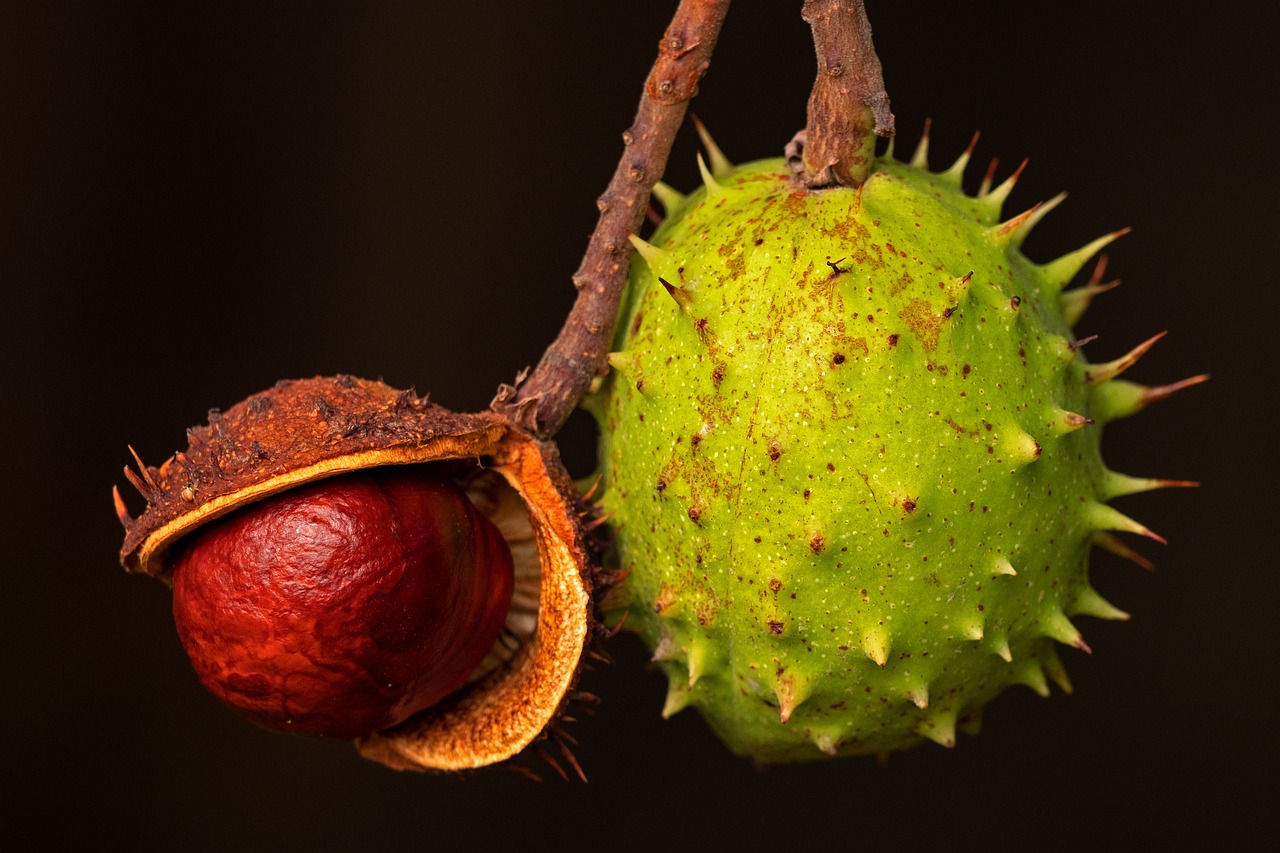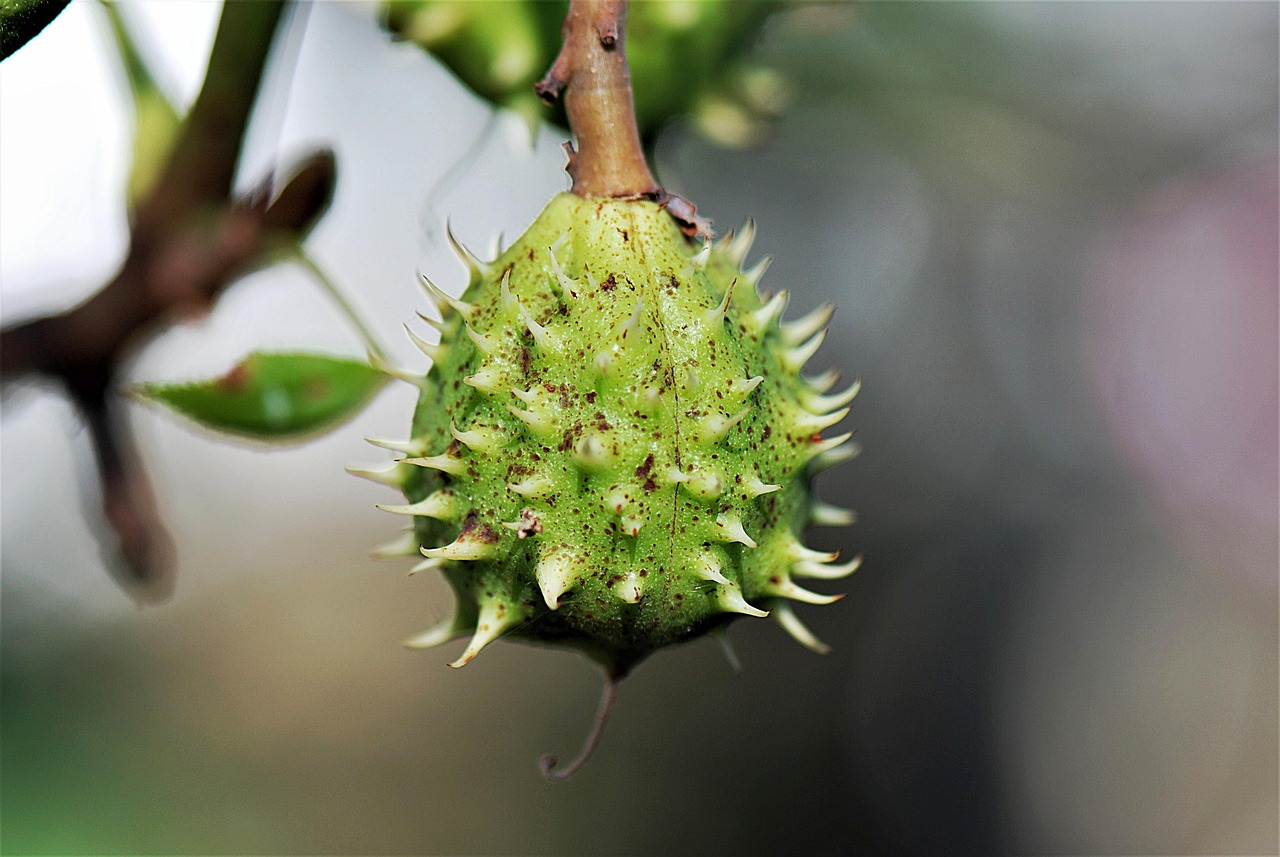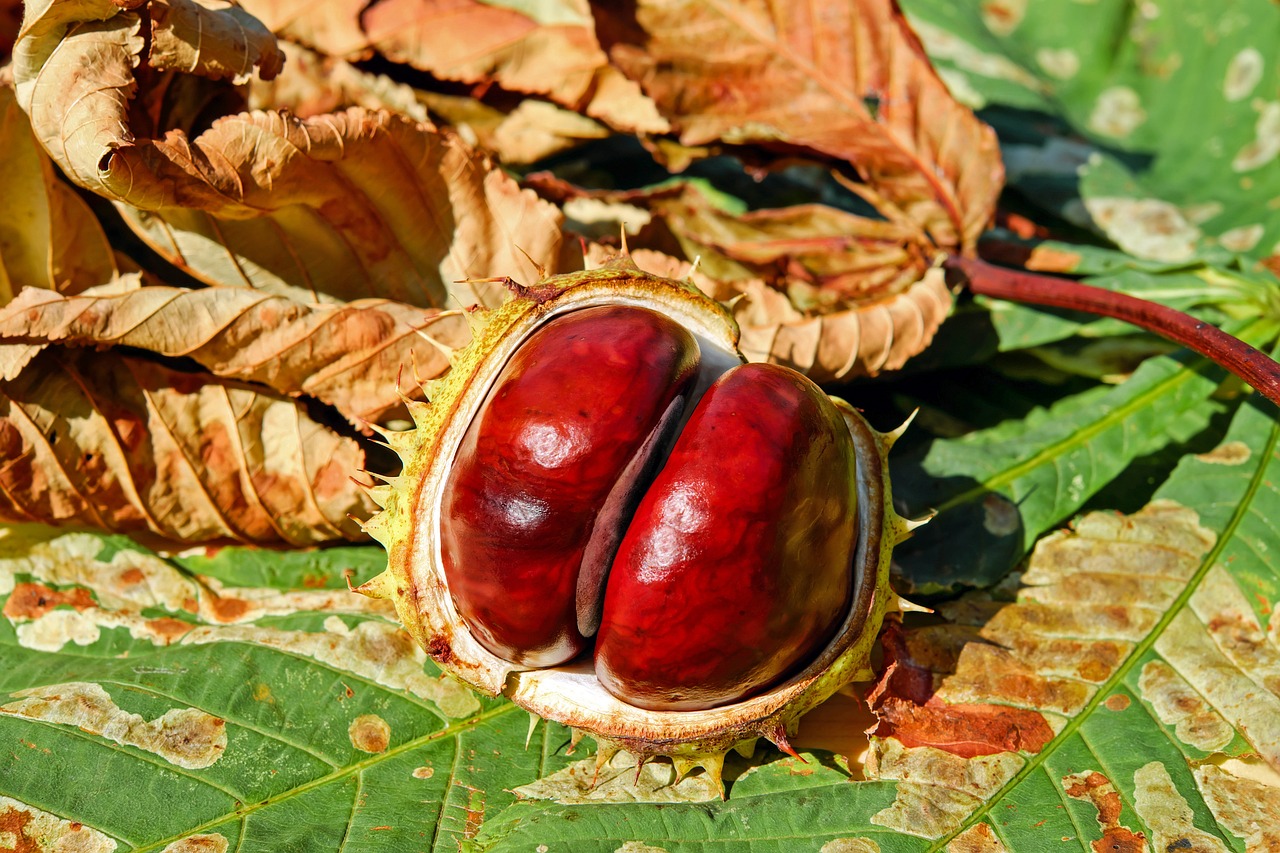The growth rate of buckeye tree seedlings typically ranges from 1 to 3 feet per year under optimal conditions. Factors such as soil quality, water availability, and sunlight exposure significantly influence their growth rate.
Understanding Buckeye Tree Seedlings
Buckeye trees, belonging to the genus Aesculus, are native to North America. They are well-known for their striking foliage and unique seed pods. The common buckeye tree, or Aesculus glabra, is particularly favored for its beauty and adaptability. Understanding the growth rate of buckeye tree seedlings is crucial for those interested in forestry, landscaping, or simply nurturing these trees in their gardens.

Seedlings are the initial stage of a plant’s life cycle. During this stage, they establish roots and begin to grow upwards. The growth rate can vary due to several factors, making it essential for caregivers to provide the right environment for optimal development.
Factors Influencing Growth Rate
Several environmental and biological factors can affect the growth rate of buckeye tree seedlings. Here are some of the key elements:
- Soil Quality: The nutrient content and drainage ability of the soil greatly influence seedling growth. Well-drained, loamy soil enriched with organic matter promotes faster growth.
- Water Availability: Buckeye seedlings require consistent moisture. However, overwatering can lead to root rot, which hinders growth.
- Sunlight Exposure: These trees thrive in full sun to partial shade. Adequate sunlight enhances photosynthesis, boosting growth rates.
- Temperature: Buckeye seedlings prefer temperate climates. Extreme cold or heat can stunt their growth.
- Pest and Disease Management: Protecting seedlings from pests and diseases is vital. Infestations can slow growth or even kill young trees.
Growth Rate Comparison with Other Trees
To better understand how buckeye seedlings grow compared to other tree species, the following table showcases average growth rates for various trees:

| Tree Species | Average Growth Rate (Feet per Year) |
|---|---|
| Buckeye Tree | 1 – 3 |
| Red Maple | 2 – 5 |
| White Oak | 1 – 2 |
| Pine Tree | 2 – 3 |
| Sugar Maple | 1 – 3 |
This table illustrates that while buckeye trees have a moderate growth rate, other species like the red maple can grow significantly faster under ideal conditions. Understanding these differences can help gardeners and landscapers make informed decisions about which trees to plant based on their growth expectations.
Ideal Conditions for Buckeye Seedling Growth
Creating an ideal environment for buckeye seedlings involves addressing their specific needs. Here are some guidelines to ensure healthy growth:
- Selecting the Right Location: Choose a site with plenty of sunlight and good air circulation.
- Soil Preparation: Amend the soil with compost or organic fertilizers to enhance nutrient content.
- Watering Regimen: Water regularly without over-saturating the soil. Aim for consistent moisture.
- Pest Control: Monitor for signs of pests and diseases. Use organic methods where possible to control infestations.
- Mulching: Apply a layer of mulch around the base of the seedlings to retain moisture and suppress weeds.
By following these guidelines, caregivers can significantly enhance the growth potential of buckeye tree seedlings and enjoy their beautiful foliage for years to come.

Common Challenges in Buckeye Seedling Growth
While buckeye trees can thrive in various conditions, certain challenges may impede the growth of seedlings. Awareness of these potential issues can help gardeners take proactive measures to mitigate risks.
Environmental Stressors
Environmental stressors can significantly affect seedling vigor. Below are some common stress factors:
- Drought Conditions: Insufficient water can stunt growth and lead to wilting. Buckeye seedlings need consistent moisture, especially during dry spells.
- Extreme Temperatures: High heat or frost can damage young seedlings. Protecting them during extreme weather is vital.
- Soil Erosion: This can occur in areas with heavy rain or poor drainage, exposing roots and weakening plants.
Pests and Diseases
Pests and diseases pose significant threats to buckeye seedlings. Recognizing the symptoms early can lead to effective management. Below are common pests and diseases that affect buckeye trees:

- Aphids: These tiny insects feed on sap and can cause leaves to curl or yellow. Consider using insecticidal soap for control.
- Spider Mites: These pests thrive in hot, dry conditions, creating webs on the leaves. Regular watering can help deter them.
- Powdery Mildew: This fungal disease appears as a white powdery coating on leaves. Ensuring good air circulation helps prevent its spread.
Optimal Fertilization Techniques
Proper fertilization is essential for promoting healthy growth in buckeye seedlings. Understanding when and how to fertilize can maximize growth potential.
Types of Fertilizers
There are two main types of fertilizers suitable for buckeye seedlings: organic and synthetic.
- Organic Fertilizers: These include compost, well-rotted manure, and other natural products. They improve soil structure and provide essential nutrients slowly over time.
- Synthetic Fertilizers: These are chemically manufactured and provide nutrients more rapidly. They must be used cautiously to avoid nutrient burn.
Application Timing
The timing of fertilizer application also plays a crucial role in seedling development. Here are the recommended times:
- Early Spring: Apply a balanced fertilizer as the growing season begins to provide necessary nutrients for new growth.
- Mid-Summer: A light application can help sustain growth during the peak growing season.
- Fall: Avoid fertilizing in late fall, as this can promote new growth that may be harmed by frost.
The Importance of Pruning
Pruning is a valuable practice that encourages healthy growth in buckeye seedlings. It helps maintain a strong structure and removes any damaged or diseased wood.
When to Prune
The best time to prune buckeye seedlings is during dormancy, typically in late winter or early spring before new growth begins. Pruning at this time minimizes stress on the plant.
Pruning Techniques
Here are some effective pruning techniques for buckeye seedlings:
- Removing Dead or Diseased Wood: Cut back any branches that appear dead or diseased to promote overall tree health.
- Crown Thinning: Selectively remove branches to improve air circulation and light penetration within the canopy.
- Suckering Control: Remove suckers, which are shoots that grow from the base of the tree, to direct energy toward stronger branches.
Monitoring Growth and Development
Regular monitoring of buckeye seedlings is crucial for assessing their health and growth rate. Keeping track of their progress allows for timely interventions when issues arise.
Documenting Growth
Create a growth log to track various aspects of your seedlings, including height, leaf number, and overall health status. This documentation can help identify trends over time.
Signs of Healthy Growth
Healthy buckeye seedlings exhibit specific characteristics. Look for the following signs:
- Bright, green leaves with no discoloration.
- A sturdy trunk with minimal bending or weakness.
- A well-developed root system, which may require careful examination if seedlings are potted.
By staying vigilant and proactive in care, gardeners can support the healthy growth of buckeye tree seedlings, making them a beautiful addition to any landscape.
Seasonal Growth Patterns of Buckeye Seedlings
Understanding the seasonal growth patterns of buckeye seedlings is essential for effective management. Each season impacts growth differently, influencing how caregivers should approach their care routines.
Spring Growth
Spring is a critical time for buckeye seedlings. As temperatures rise and daylight increases, these trees begin to awaken from dormancy. During this season, seedlings typically exhibit:
- New Leaf Development: Fresh, green leaves start to emerge, indicating active growth.
- Root Expansion: The root system begins to grow more vigorously, seeking nutrients and water.
- Height Increase: Seedlings can gain several inches in height as they utilize the increased sunlight for photosynthesis.
Summer Growth
The summer months are often the peak growing season for buckeye seedlings. Here are some characteristics of their growth during this time:
- Rapid Growth Rate: With ample sunlight and warmth, seedlings can grow up to three feet or more, depending on conditions.
- Leaf Maturation: Leaves fully expand and mature, enhancing photosynthetic capacity.
- Water Needs: Increased temperatures result in higher water requirements. Maintaining soil moisture is crucial.
Autumn Transition
As summer ends and autumn approaches, growth begins to slow down. The following changes occur:
- Color Change: Leaves may start to change color, transitioning from green to shades of yellow or brown.
- Preparation for Dormancy: Seedlings begin to conserve energy and prepare for winter. Growth rates taper off significantly.
- Root Development: Although top growth slows, roots may continue to grow deeper into the soil in search of nutrients.
Winter Dormancy
During winter, buckeye seedlings enter a state of dormancy. This phase is crucial for their long-term health and development:
- Energy Conservation: The tree conserves energy and resources, minimizing metabolic activity.
- Root Protection: Roots remain active but are protected from freezing temperatures by the insulating layer of snow or mulch.
- No Growth: Visual growth is not observable, but the plant prepares for the upcoming spring season.
The Role of Climate in Seedling Growth
The climate in which buckeye seedlings grow plays a significant role in their development. Different climatic conditions can affect growth rates and overall health.
Temperature Influence
The ideal temperature range for buckeye seedlings typically falls between 60°F and 75°F. Extreme temperatures can impact growth negatively:
- High Temperatures: Prolonged exposure to high heat can lead to stress, resulting in wilting or leaf scorch.
- Low Temperatures: Frost can damage new shoots and leaves, requiring careful monitoring during late spring frosts.
Precipitation Patterns
The amount and timing of rainfall are critical for seedling survival. Consider the following aspects:
- Consistent Moisture: Buckeye seedlings benefit from regular rainfall, particularly during the growing season.
- Drought Conditions: Extended dry periods require supplemental watering to maintain health.
- Excess Rainfall: Heavy rains can lead to waterlogged soil, increasing the risk of root rot.
Nutrient Requirements for Optimal Growth
Nutrients are vital for the healthy development of buckeye seedlings. Understanding their specific needs can help ensure robust growth.
Main Nutrients
Buckeye seedlings require several essential nutrients for proper growth:
- Nitrogen (N): Crucial for leaf and stem development.
- Phosphorus (P): Supports root establishment and flower development.
- Potassium (K): Enhances overall plant health and disease resistance.
Nutrient Deficiency Symptoms
Caretakers should be aware of common signs indicating nutrient deficiencies:
- Nitrogen Deficiency: Yellowing leaves, particularly older ones, and stunted growth.
- Phosphorus Deficiency: Dark green or purple-tinged leaves with poor root development.
- Potassium Deficiency: Leaf edges may turn brown or scorched, with overall reduced vigor.
By understanding seasonal patterns, climate influences, and nutrient needs, caregivers can effectively foster the healthy growth of buckeye tree seedlings throughout their developmental stages.
Additional Care Tips for Buckeye Seedlings
In addition to understanding their growth patterns, climate influences, and nutrient requirements, there are several other care tips that can enhance the growth and health of buckeye seedlings. Implementing these practices can lead to robust trees that thrive in your landscape.
Choosing the Right Planting Time
The timing of planting plays a crucial role in the successful establishment of buckeye seedlings. Here are some key considerations:
- Spring Planting: The best time to plant buckeye seedlings is in early spring, after the last frost. This allows them to establish roots before the summer heat.
- Fall Planting: In warmer climates, fall planting can also be successful as it allows seedlings to acclimate while benefiting from cooler temperatures.
Watering Techniques
Proper watering techniques are essential for the health of buckeye seedlings. Here are some effective watering strategies:
- Deep Watering: It is better to water deeply and less frequently than to provide shallow, frequent waterings. This encourages deeper root growth.
- Watering Schedule: Monitor rainfall and adjust watering schedules accordingly. Aim for about one inch of water per week during the growing season.
- Check Soil Moisture: Use your finger to check soil moisture about an inch below the surface. If it feels dry, it’s time to water.
Companion Planting
Companion planting can benefit buckeye seedlings by improving soil quality and providing natural pest control. Consider planting the following companions:
- Wildflowers: Native wildflowers can attract beneficial insects that help control pests.
- Herbs: Certain herbs, like basil and thyme, can deter pests while enhancing the beauty of your garden.
- Nitrogen-Fixing Plants: Plants like clover can enrich the soil, making it more suitable for buckeyes.
Potential Uses for Buckeye Trees
Buckeye trees are not only beautiful but also offer practical benefits. Here are some common uses:
Ornamental Use
Buckeye trees are popular as ornamental plants due to their attractive foliage and unique flower clusters. They can be used in various landscape designs, including:
- Shade Trees: Their broad canopy provides ample shade, making them ideal for parks and gardens.
- Specimen Trees: Planting a single buckeye tree can create a focal point in any landscape.
Ecosystem Benefits
Buckeye trees contribute to local ecosystems in several ways:
- Wildlife Habitat: The flowers attract pollinators such as bees, while the seeds provide food for squirrels and birds.
- Soil Health: Their deep root systems can help prevent soil erosion and improve soil structure.
Final Thoughts
The growth rate and overall health of buckeye tree seedlings depend on various factors, including environmental conditions, nutrient availability, and proper care techniques. By understanding these elements, gardeners can significantly enhance their chances of success in cultivating these beautiful trees.
From selecting the right planting time to implementing effective watering techniques, each aspect plays a vital role in ensuring robust growth. Moreover, recognizing seasonal patterns and addressing potential challenges will help caregivers navigate the complexities of nurturing buckeye seedlings.
Buckeye trees not only enhance the beauty of landscapes but also contribute positively to local ecosystems. With proper care and attention, these trees can thrive and provide lasting enjoyment for years to come. Whether you are a gardener or a landscape designer, incorporating buckeye trees into your plans can bring both aesthetic appeal and ecological benefits.
